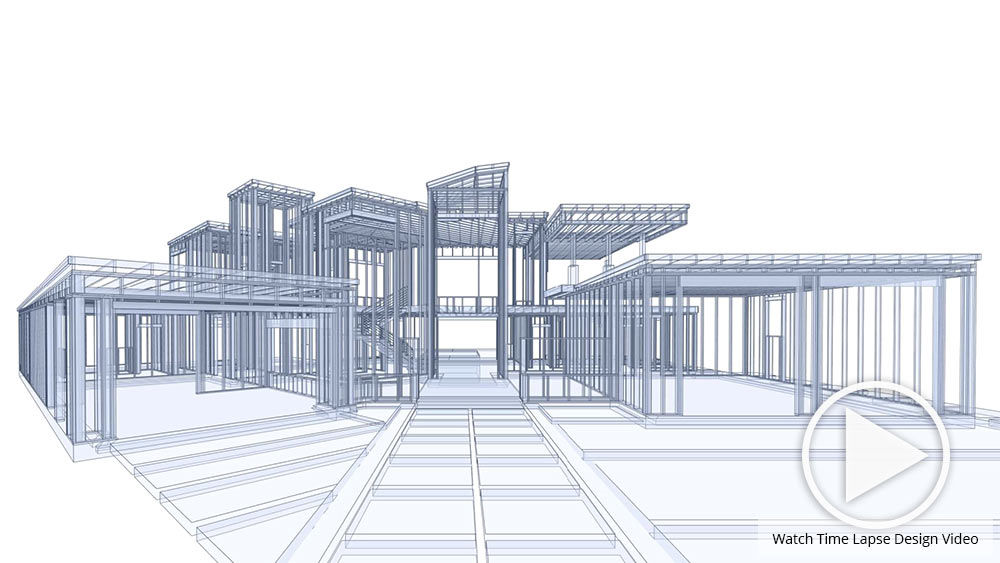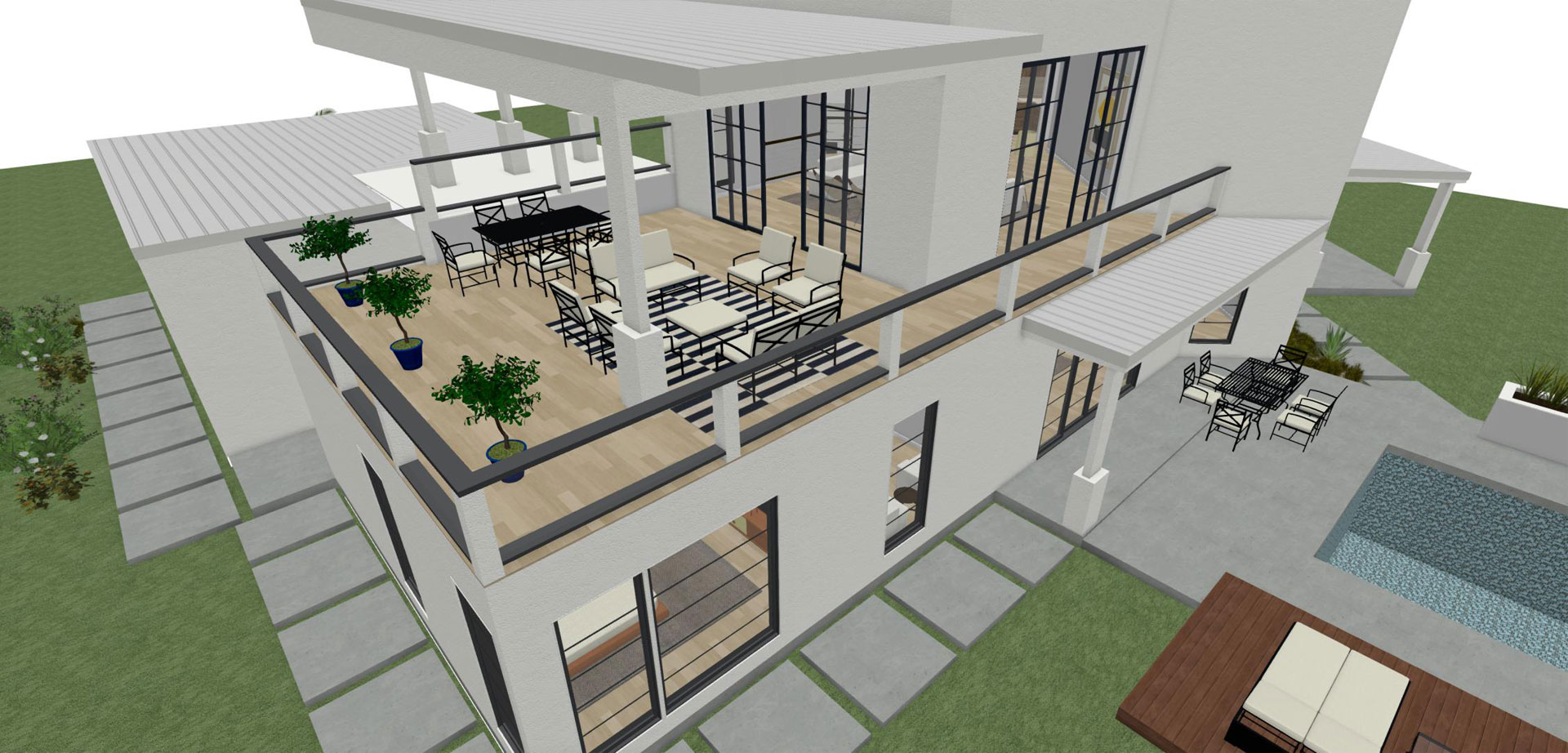Elevate Your Structure Layout with the Know-how of CDA Architects
Elevate Your Structure Layout with the Know-how of CDA Architects
Blog Article
A Comprehensive Overview of Architectural Styles and Their Impact on Modern City Preparation and Development
Architectural styles have long acted as a mirror to the social worths and technical advancements of their time, playing a crucial duty in shaping contemporary city preparation and advancement. From the majesty of Neoclassicism to the utilitarian method of Brutalism, each design has actually presented unique principles that affect metropolitan aesthetics and capability. As contemporary challenges arise, including sustainability and neighborhood demands, understanding these historical frameworks comes to be vital. The resulting dialogue not only notifies future layout techniques however likewise increases essential concerns about the balance in between heritage and advancement in our developing metropolitan landscapes.

Historical Introduction of Building Designs
Throughout history, building styles have progressed in action to cultural, technical, and ecological elements. Each period mirrors the dominating values, ideas, and developments of its time, bring about a rich tapestry of layout that signifies human imagination and adaptation. The ancient civilizations, such as the Egyptians and Greeks, established fundamental styles that emphasized balance and proportion, offering both functional and aesthetic objectives.
As societies transitioned with the Middle Ages, Gothic design emerged, identified by its verticality and detailed outlining, mirroring the spiritual desires of the era. The Renaissance noted a revival of timeless ideals, merging art and design in innovative means that affected succeeding styles throughout Europe.
The Industrial Revolution introduced brand-new materials and construction methods, prompting activities like Innovation, which tested conventional types and welcomed simplicity and functionality. The 20th century saw a diversity of styles, with Postmodernism responding against the plain minimalism of its predecessor, including historic recommendations and diverse components.
Today, architectural designs continue to evolve, driven by globalization and sustainability issues, mirroring a dynamic interplay between heritage and technology (cda architects). This historic review underscores the relevance of style as a mirror of social advancement and as a catalyst for city growth
Key Architectural Styles Explained
The variety of architectural styles reflects the myriad influences that form our constructed setting, each personifying unique attributes and cultural relevances. Trick architectural designs include Timeless, Gothic, Baroque, Modernism, and Postmodernism, each representing unique historical contexts and visual viewpoints.
Classical architecture, rooted in old Greece and Rome, stresses balance, percentage, and using columns. In contrast, Gothic style, flourishing in the center Ages, is defined by sharp arcs, ribbed vaults, and flying buttresses, developing a spiritual quality in sanctuaries. Baroque style, arising in the 17th century, is noted by magnificence, elaborate decoration, and a dynamic interplay of light and shadow.
Modernism, which gained momentum in the very early 20th century, prioritizes function over form, using new materials like steel and glass to develop minimalist structures. Postmodernism, responding against the austerity of Innovation, welcomes eclecticism and historic referral, usually including playful elements and paradox.
Understanding these designs gives insight right into the cultural stories and technical improvements of their particular ages, highlighting how style offers not simply as a shelter, but as a reflection of societal values and aspirations.
Impact on Urban Preparation
In shaping the growth of cities, architectural designs considerably affect metropolitan planning decisions. The choice of building style usually dictates the appearances, performance, and overall character of city atmospheres.
In more tips here addition, architectural designs can impact zoning guidelines and land use plans. Urban organizers need to consider the prevailing building fads when designing districts, ensuring that new growths balance with existing structures. This factor to consider cultivates cohesive city landscapes and enhances neighborhood identity.
The implementation of specific architectural designs can additionally affect socioeconomic elements within a city. Premium contemporary layouts might draw in upscale citizens and organizations, leading to gentrification, while much more economical housing options may focus on functional and lasting layouts to accommodate varied populations. Eventually, the interplay between building designs and metropolitan planning develops vibrant cities that mirror both historic context and contemporary requirements, shaping the lived experiences of their residents.
Sustainability and Modern Architecture

Contemporary building movements, such as biophilic style and eco-friendly architecture, top article supporter for structures that balance with their environments, making use of all-natural materials and advertising biodiversity. These styles often incorporate renewable resource resources, such as solar panels and wind generators, to reduce reliance on nonrenewable fuel sources and lower carbon impacts.
Furthermore, the combination of sophisticated innovations, such as wise structure systems, enhances energy administration, enhancing source usage while making certain resident convenience. Innovative water monitoring methods, consisting of rain harvesting and greywater recycling, more add to sustainable metropolitan settings.
Significantly, sustainability expands beyond ecological concerns; it includes social and financial measurements. By cultivating community wellness and advertising inclusivity, contemporary architectural designs align with lasting advancement goals. The advancement of building methods proceeds to shape durable cities that not just satisfy the requirements of the present yet likewise safeguard the future for generations to come.
Community Engagement in Style
Neighborhood involvement in design works as a critical bridge between designers and the populaces they offer, guaranteeing that the constructed setting shows the needs and goals of its individuals. This collaborative procedure welcomes neighborhood participants to contribute their understandings and choices, cultivating a sense of possession and duty towards the spaces they inhabit.
Efficient neighborhood involvement uses different approaches, such as workshops, studies, and public online forums, to gather varied point of views. These approaches assist in a two-way dialogue, permitting designers to understand neighborhood contexts while encouraging locals to articulate their worries and wishes. This inclusivity not just boosts the layout high quality however additionally promotes social equity by attending to the distinct difficulties faced by marginalized teams.
Furthermore, neighborhood interaction can cause ingenious solutions that could not arise in a typical design process. By incorporating regional knowledge and cultural values, designers can create spaces that reverberate more deeply with users, enhancing functionality and sustainability. Ultimately, prioritizing community involvement in style procedures causes atmospheres that nurture social interactions, assistance well-being, and strengthen neighborhood ties, consequently playing a pivotal function in shaping modern metropolitan landscapes.
Conclusion
Building designs he said have profoundly influenced contemporary city preparation and development, reflecting progressing social and technical contexts. The assimilation of historic aesthetics with modern needs cultivates metropolitan environments that prioritize sustainability and area interaction. As cities remain to expand and adjust, the ongoing dialogue in between building heritage and modern layout concepts will remain essential in developing inclusive, lively spaces that enhance top quality of life and advertise social equity. The future of metropolitan advancement rest on this harmonious balance.
Report this page